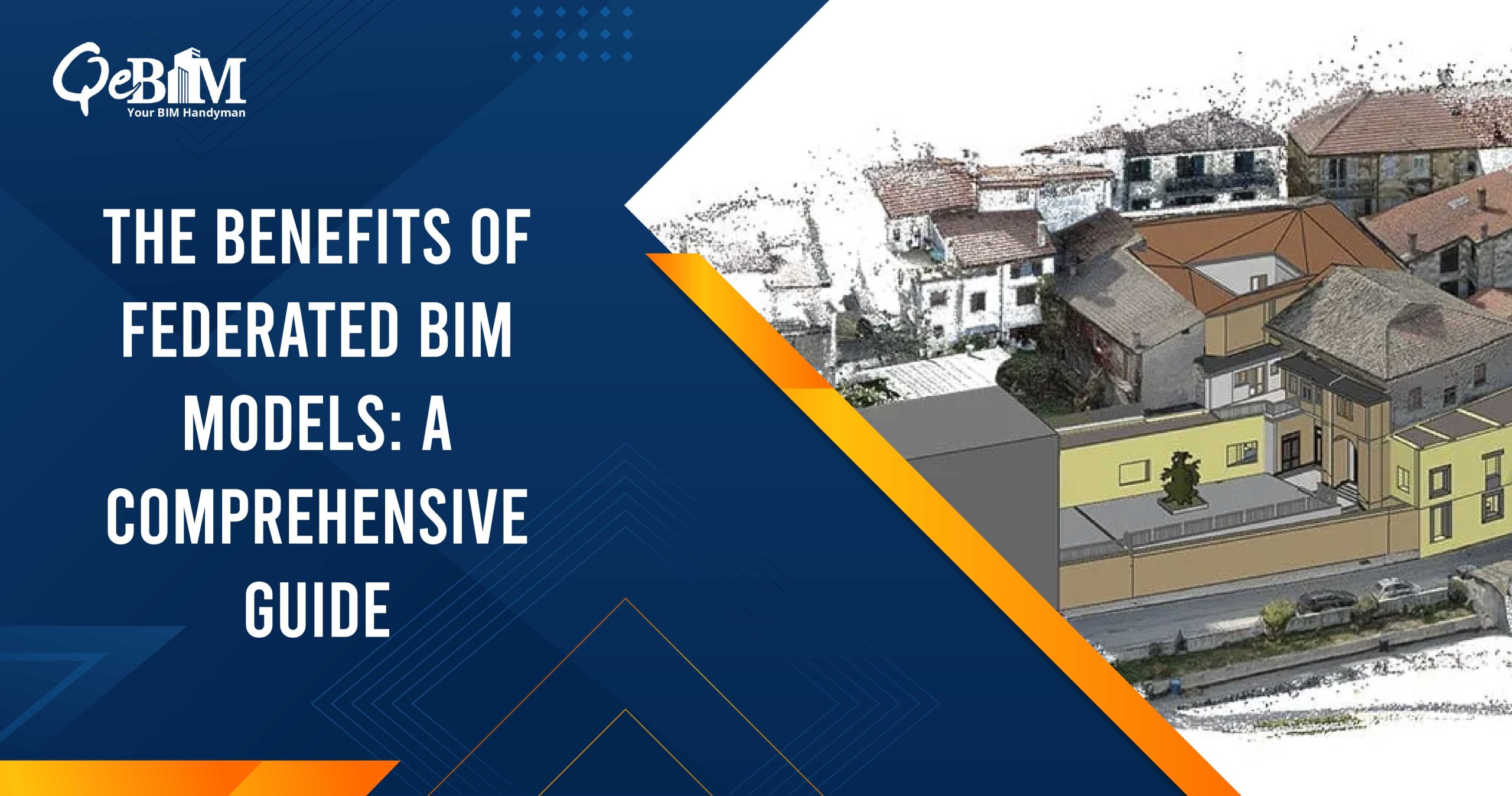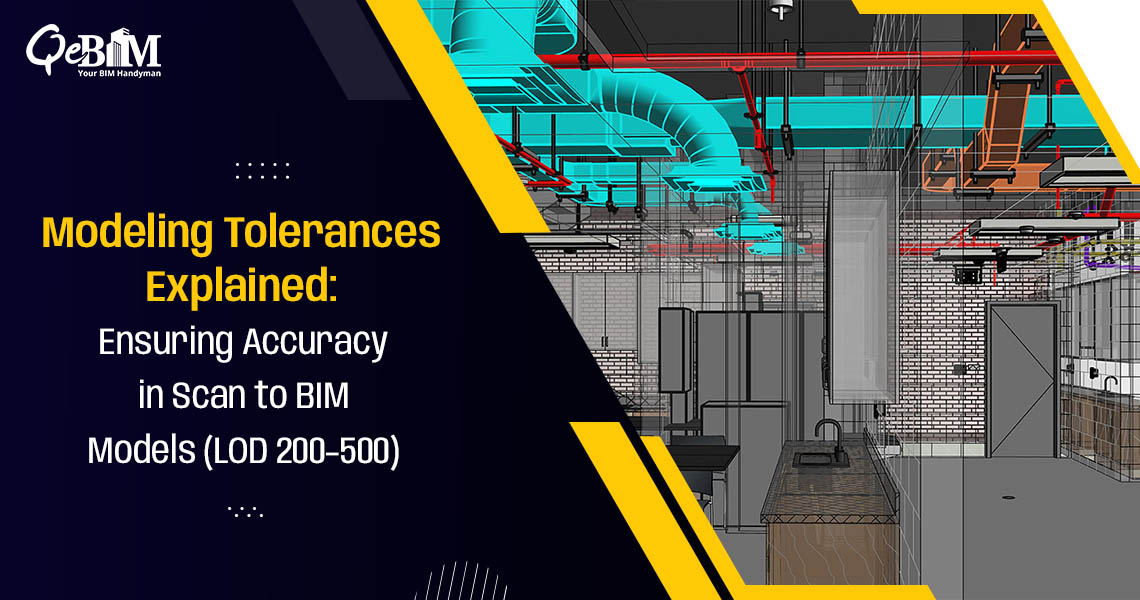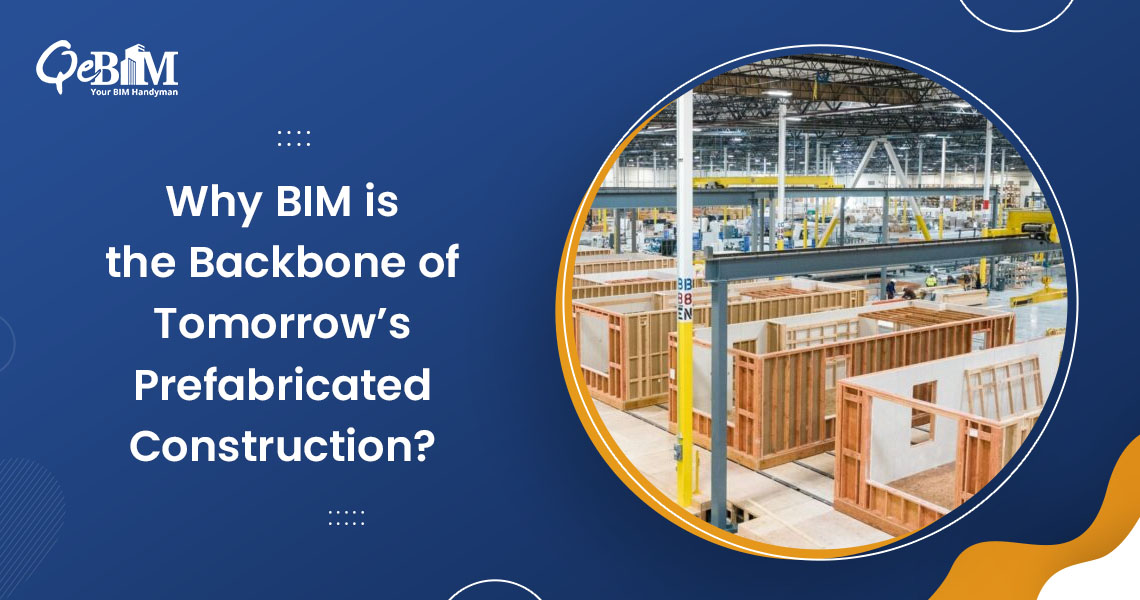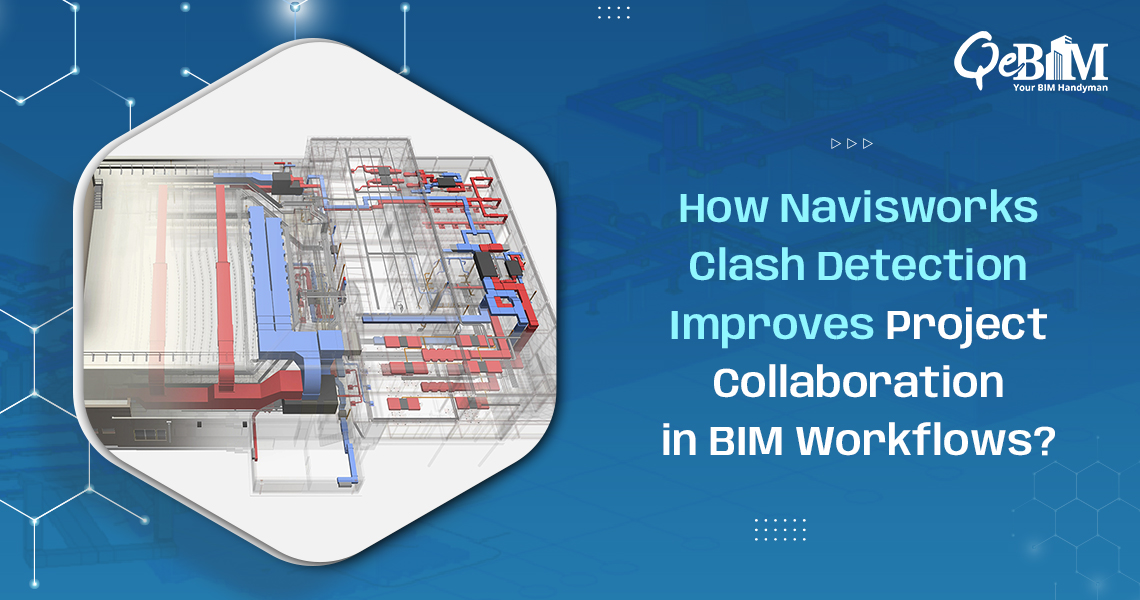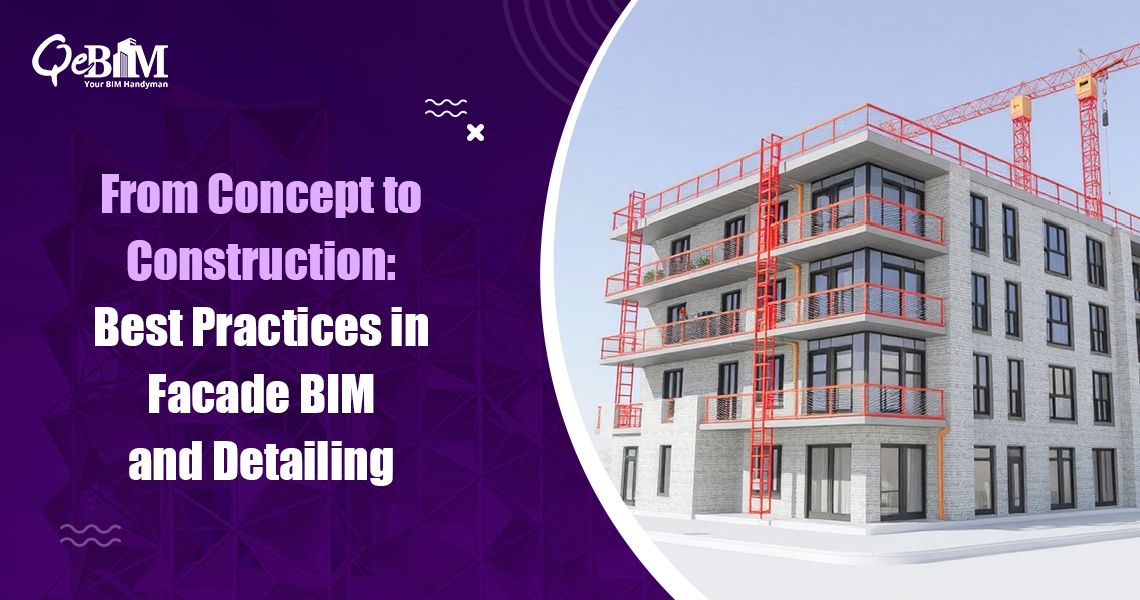BIM Services has revolutionized how we design, plan, and manage the building projects. Among the various BIM methodologies, the concept of a Federated BIM Model is a powerful tool for collaboration and efficiency in the construction scenario.
But what exactly is a Federated BIM Model and why is it so beneficial for the building projects? Let’s dive into the details.
Understanding the Federated BIM Model
A Federated BIM Model is a comprehensive digital representation of a building or an infrastructure project. This is created by combining individual models from various disciplines or stakeholders into a single and cohesive model. Instead of having one monolithic model that everyone works on, the federated approach involves integrating separate models such as architectural, structural, mechanical, electrical as well as plumbing (MEP) models into a unified model.
This integration allows each discipline to maintain its own specialized model while ensuring that all the models work together harmoniously. The federated model provides a holistic view of the project thereby facilitating better coordination and reducing conflicts.
Key Benefits of a Federated BIM Model
1) Enhanced Collaboration and Coordination
The federated approach promotes fluent collaboration among project teams. By integrating individual models into a single federated model, stakeholders can visualize how their work interacts with the others. This transparency helps to identify and resolve the clashes early in the design phase thereby leading to a smoother construction process.
2) Improved Accuracy and Quality
When different disciplines work on their own models and then integrate them, any discrepancies or inconsistencies can be spotted and corrected before they become costly issues on site. This approach reduces the risk of errors as well as omissions thereby resulting in a higher quality and more accurate representation of the final build.
3) Streamlined Communication
Federated models provide a common platform for the communication. The stakeholders can review and discuss the integrated model making sure that everyone is on the same page. This reduces misunderstandings and miscommunications that often arise from working with multiple disconnected models.
4) Effective Clash Detection
One of the standout benefits of a Federated BIM Model is its ability to detect and resolve clashes between different systems as well as components before the construction begins. By simulating how various elements will fit together, we can identify any potential issues and address the same in the virtual model.
5) Increased Efficiency and Reduced Costs
The federated approach leads to more efficient project delivery with improved collaboration, accuracy, and clash detection. Fewer number of errors and conflicts translate to fewer delays as well as cost overruns. By addressing issues early, the teams can avoid costly modifications during construction.
6) Enhanced Project Visualization
A Federated BIM Model offers a comprehensive visualization of the entire project. Stakeholders can explore the different aspects of the project such as spatial relationships along with the system interactions and that too in a 3D environment. This enhanced visualization helps in better understanding and decision-making throughout the project lifecycle.
7) Facilitated Maintenance and Facility Management
A Federated BIM Model is also proven to be valuable for the facility management apart from the design and construction phases. The integrated model provides a detailed and accurate record of the building’s components as well as systems. This can be used for maintenance, repairs and future renovations.
8) Support for Future Updates and Modifications
The federated model is not just a one-time tool but a dynamic document that can be updated as the project progresses. When changes occur, individual models can be updated and then re-federated thereby ensuring that the overall model remains current and relevant.
Conclusion
The Federated BIM Model represents a significant advancement in how we approach the building design and construction. By integrating separate models into a unified one enhances the collaboration, accuracy along with efficiency ultimately leading to better project outcomes. Whether you’re an architect, engineer, contractor, or owner, leveraging the federated approach through an expert BIM Company can result in smoother processes, reduced costs and a more successful project overall.
